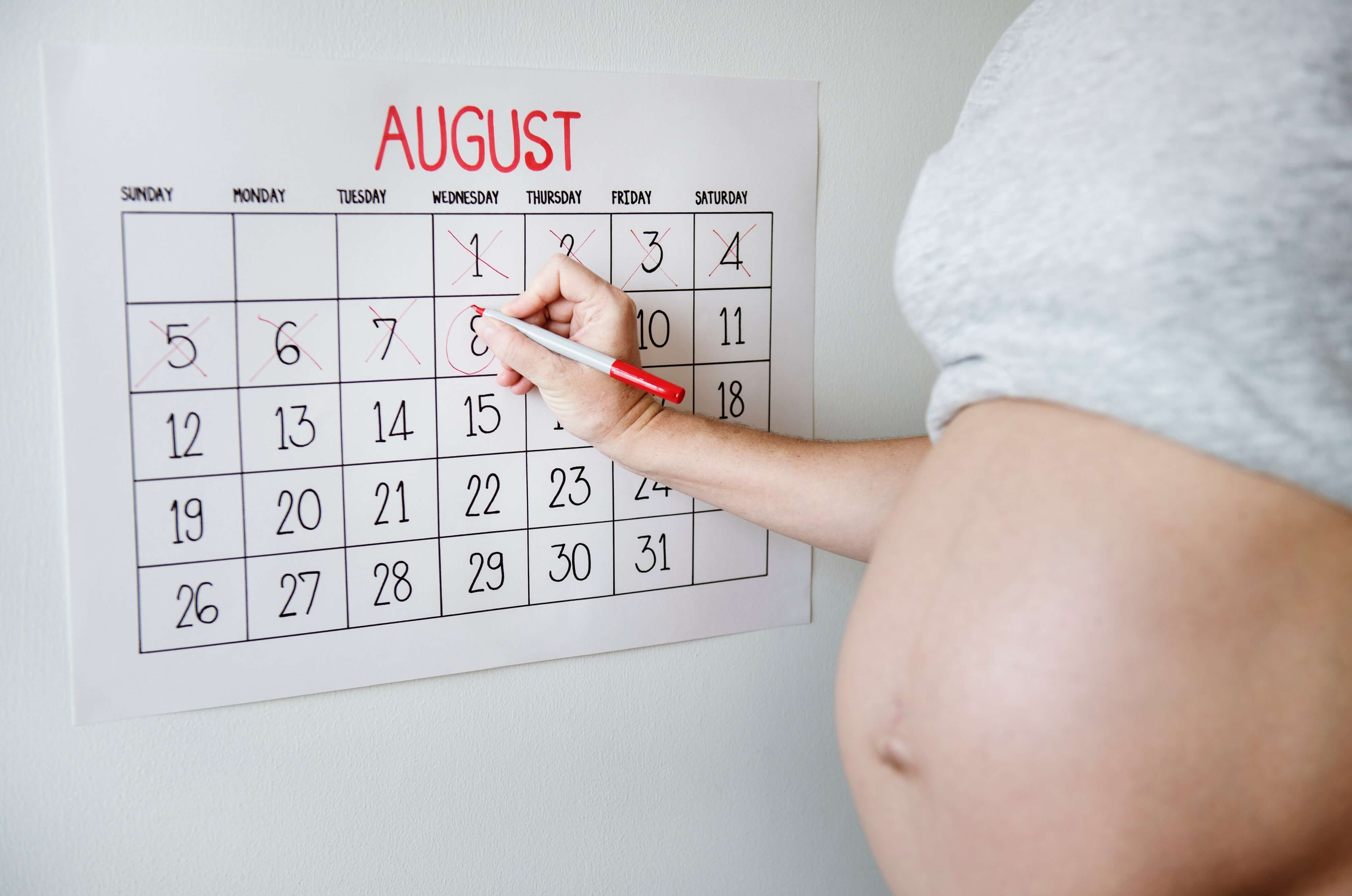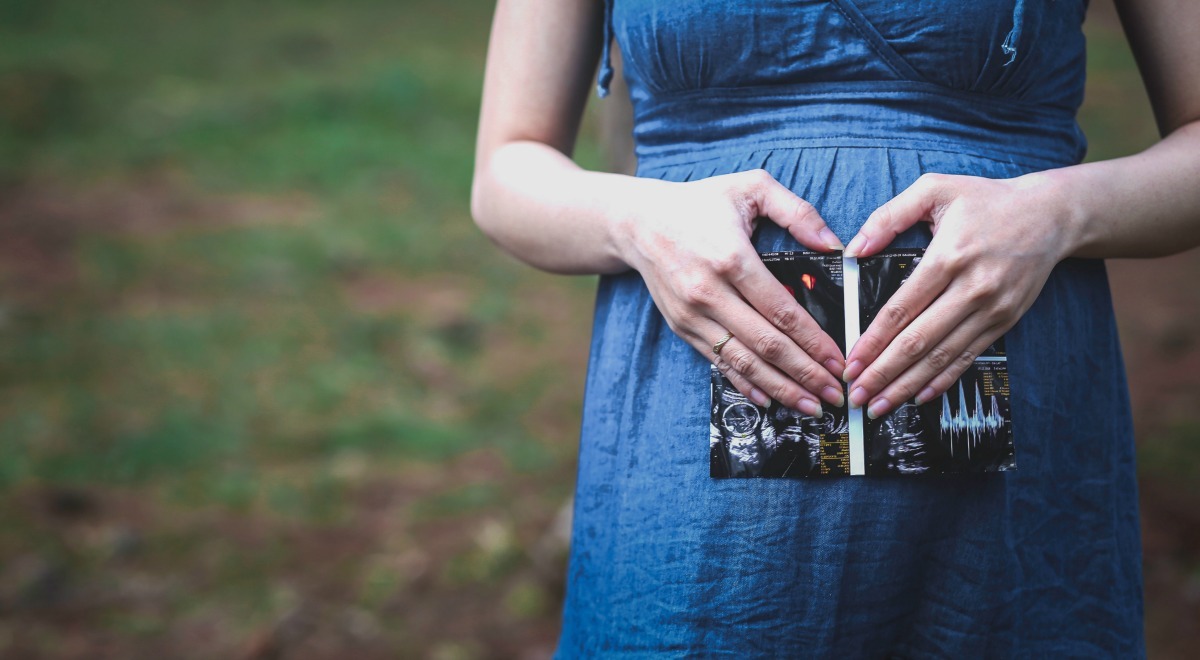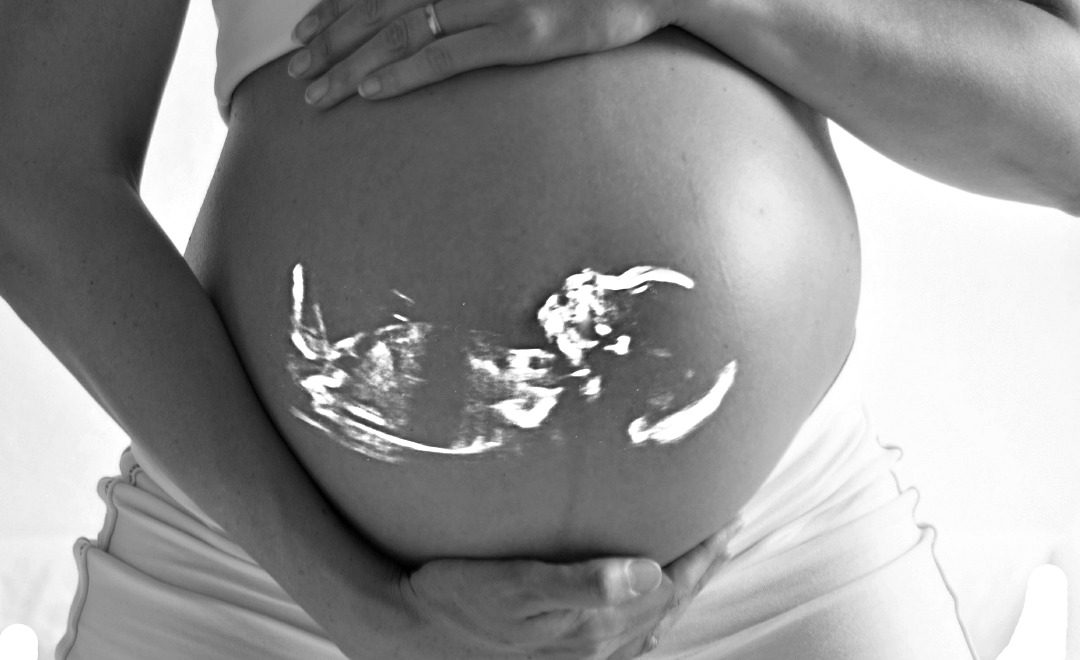The Three Phases of Pregnancy
Nine months can seem like a long time when you’re pregnant.
If you’re newly pregnant or trying to conceive, you may have a lot of questions about what your pregnancy will look like, how your body will change, etc.
You’ve probably heard the term “trimester” before, which refers to each of the three phases of pregnancy. Which each phase of pregnancy comes different developmental stages for the fetus and different experiences for the mother.
Pregnancy lasts for approximately 40 weeks, and is divided into three stages or ‘trimesters’. Each trimester indicates a new stage of development for the unborn baby. It also comes with its own set of hormonal and physiological changes, preparing your body for the baby’s arrival. There’s a lot of information, but it’s important to know what’s going on during the three stages of pregnancy.
Stage 1:
The first stage or trimester of pregnancy is the most crucial to your baby’s development, since most miscarriages and birth defects occur during this period.
Stage 2:
The second trimester of pregnancy is often referred to as the “golden period”, since many of the unpleasant symptoms of early pregnancy disappear.
Stage 3:
The third trimester is the final stretch of pregnancy. Physical effects will reach an all time high, as both the woman and child’s bodies prepare for birth.
These trimesters start from the first day of your last menstrual period and each last an average of three months. Every week there are different developmental changes happening inside a woman’s body. It’s a lot of information, but it’s important to know what’s going on during these three phases of pregnancy.
Did you know? Researchers have found that several genetic factors can lead to multiple births. If you’re over the age of 35, have a history of twin pregnancies, there are twins in your family, or you’re tall, you may have an increased chance of giving birth to twins!
Useful Definitions to Know
- Amniotic fluid: Amniotic fluid is the liquid that surrounds the baby in the woman’s uterus, or womb.
- Conception: Conception is the process of becoming pregnant, when a sperm and egg join to form a single cell.
- Contraction: A contraction is the often strong and painful tightening of the uterus during labor, that causes the woman’s cervix to dilate, helping push the baby through the birth canal.
- Trimester: Pregnancy has three stages, or trimesters, each of which are marked by specific fetal developments. A pregnancy is considered full-term at 40 weeks, with most babies born toward the end of the third trimester. Some babies born prematurely, as early as the second trimester, can survive with special care and treatment.
Did you know? During pregnancy, your uterus can grow to the size of a watermelon. Since it’s normally the size of a peach, that’s 500 times its normal size!

First Trimester
Week 1 – Week 12
Implantation
After conception, the fertilized egg begins to develop into a clump of cells. In order for this organism to survive and grow, it must implant itself on the uterine wall. Once attached to the walls of the uterus, the embryo can then receive the proper nutrients and hormones from the mother’s body so that its cells can continue to duplicate and grow.
This implantation phase of the first trimester will trigger hormonal shifts and changes in a woman’s body. Women will often experience the most severe morning sickness during these early months because of the vast hormonal and biological changes happening within her body.
Did you know? In utero, baby girls will develop all of the reproductive eggs that they will ever have, whereas baby boys don’t develop sperm until puberty.
Embryonic Stage
Starting around Week 3 of the pregnancy is the embryonic state, which begins after the embryo successfully implants itself on the walls of the uterus.
In this phase of pregnancy, three key developments will happen:
- The embryo will create all its major bodily organs, including the heart, face, muscles, sexual organs, and nervous system
- The placenta is created to deliver nutrients to the growing embryo through the umbilical cord
- The amniotic sac and fluid will develop as a protective layer inside the uterus
After all of these major developments, the fetal state will begin in the last weeks of this first trimester. In this time, the fetus will triple in length by Week 12, have functioning kidneys, and will grow fingernails and toenails.
The first trimester can be the most physically and emotionally draining, but knowing what to expect can help!
Month #1:
- In this first month, you may not even know that you’re pregnant! If your egg and your partner’s sperm have joined successfully, then the embryo is really there and will implant itself in the lining of your uterus. It’s hard to know exactly when conception occured, so doctors calculate pregnancy from the date of your last menstrual period. So, you theoretically could be “pregnant” even before conception!
Month #2:
- Right now, your baby is about the size of a grain of rice. His or her face is starting to develop, and by now, your doctor should be able to hear a heartbeat! It’s good to go in for your first prenatal check-up with an OB/GYN at about week 8. Prenatal vitamins and a healthy diet are also very important for you and the baby. Even though you may be ‘eating for two’, you’ll really only need about 200-300 extra calories per day during the pregnancy.
Month #3:
- Your baby now has millions of cells in his or her tiny body, and is making the monumental jump from embryo to fetus this month! Morning sickness and nausea may be at an all time high for you, but the worst part is almost over. The end of the first trimester is when most women make the big announcement. So, congratulations again!
Did you know? Your baby has all of his or her fingerprints by weeks 9-12 in the womb!

Making the Announcement
It is often the case that couples or expectant mothers choose to wait until after the first trimester to make news of the pregnancy public since there is a higher risk of miscarriage in the first few months.
Second Trimester
Week 13 – Week 27
The fetus’ organs will have fully developed during the second trimester and it will also gain the ability to both hear and swallow. It is also during this stage that you can begin to feel the fetus moving and kicking, a sensation that can first be felt typically between Week 18 and Week 22.
In the second trimester, the fetus is growing to put on more weight by accumulating more cells and building up more fat. It can now grow hairs and develop sleep patterns. By the end of this phase, the fetus will weigh an average of 1.5lbs and will be about 10in long.
Most women won’t start showing a visible baby bump until part way through the second trimester which starts around the third month of pregnancy. The bodily changes that happen in the second trimester can lead to stretch marks on the skin of the abdomen, around the breasts, or in other areas of the body to accommodate all of these change. At this stage, women may also experience an increase in appetite, swelling in her joins (especially the hands and ankles), and bodily aches.
Month #4:
- Welcome to the second trimester! Morning sickness should be coming to a close, and you should be feeling more like yourself; except for maybe the baby bump. Your baby is now the size of a cell phone, and can usually be found sucking his or her thumb. It’s important to stay active now, with your doctor’s approval. This will help you stay healthy and give your baby more oxygen in the womb.
Month #5:
- It’s time for the gender reveal! Your baby now has all of his or her reproductive organs in place, and your doctor can tell you the sex, if you’d like to know. Also during this month, your kidneys are working overtime. It’s important to stay hydrated and close to a bathroom at all times, and rest!
Month #6:
- Although there’s not much to see right now, your baby will open its eyes for the first time this month! His or her weight should double this month, but thankfully, your weight is not multiplying at anywhere near that rate.
Related: Second Trimester Pregnancy Tips
Did you know? Your feet can grow an entire shoe size. Due to water retention and extra fluid, a woman’s feet can expand a full shoe size. It’s very gradual, however, so many women don’t even notice. Sometimes, women’s feet remain that size once the pregnancy is over.

Third Trimester
Week 28 – Birth
In the third trimester is like the light at the end of the tunnel is finally visible.
Here’s a bit of what’s happening developmentally: eyelashes have formed and the fetus will be able to open its eyes; the nervous system is strong enough to control the body’s temperature and also rhythmic breathing; around Week 29, the fetus has a greater range of motion and can stretch and kick. Hair can also start to grow on the head.
Once all of the major development is mostly complete, it’s time for rapid weight gain in the last few weeks. By Week 32, the fetus practices breathing and works to further strengthen and develop its lungs. Towards the end of the third trimester a fetus’s pupils and respond to light by changing sizes. All of the bones, besides, the skull and a few others, are hardening by this point.
The longer the fetus can remain in gestation in the womb, the stronger it’s organ can develop, especially the lungs. Of course, every woman has a due date, but a variety of factors will contribute to the timing actual birth. The normal gestational period is forty weeks, though a preterm delivery can sometimes safely occur as early as 23 weeks.
You may feel as though your belly couldn’t possibly get any bigger, but your baby will definitely prove you wrong! At around week 34, the baby’s body will turn southward, settling into a head-down, bottom-up position. Next stop, the delivery room!
Did you know? Your love for your baby can really make your heart grow! During pregnancy, a woman’s heart can expand up to 12%. This is because the walls of the ventricles get thicker, in order to pump extra blood.
Month #7:
- Your baby’s lungs are almost fully developed and he or she is experimenting with deep breaths in the amniotic fluid! So take a deep breath yourself. It’s common to feel aches, pain, and fatigue in the third trimester, but let your doctor know if anything else seems off. Right about now, you may want to start prepping your home for your little bundle of joy; this is called ‘nesting’. Paint the walls, set up the crib, but don’t overexert yourself too much.
Month #8:
- Your baby is growing so much this month. Don’t be alarmed if the kicks and punches are getting softer; the baby just doesn’t have as much room. You may be starting to get nervous about labor and delivery, but just remember, it’s different for every woman. As long as you have a doctor you trust, both you and your baby will be fine! Try and rest this month, and do some light exercise during the day to help you sleep at night.
Month #9:
- Your body is now going through its final stages of preparation. Your baby is as big as he or she will get and your bump may have changed, since the baby is now positioning for birth. Your breasts may also feel fuller and heavier, to prepare for breastfeeding, and you will start to feel contractions soon. It’s now time to prepare for your trip to the hospital. Set up your birthing playlist, pack those cute pajamas, but don’t forget practical things like adult diapers, or flip flops for the shower. No matter how you planned for your baby to enter into this world; vaginally, via c-section, with painkillers or without, don’t dwell on it. The important thing is, you are having a baby!
Click here to learn more about the stages of fetal development in the three phases of pregnancy.
Contact White Rose Women’s Center for more questions about pregnancy.
Here at White Rose, our experienced staff is committed to explaining all of your available pregnancy options and help you make the choice that’s best for you.
White Rose is proud to offer women FREE pregnancy tests (and give you the results as you wait) as well as FREE and confidential counseling.
Some other services which White Rose Women’s Center provides:
- FREE ultrasound for qualified clients
- Information on abortion procedures
- Referrals for prenatal care
- Clinic referrals
- Post-abortion guidance
- Adoption referrals
- And more!

